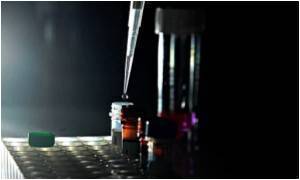
"Minute observations, optical measurements and reconstitutions have already described the 'sfumato', but new analysis can confirm the procedure of this technique," said a statement from the state CNRS research institute.
One of the reasons why the Mona Lisa remains renowned to this day as a great portrait is the lifelike shadows and tones that give her enigmatically smiling face a sense of depth and reality.
According to the scientists who were able to study the layers of work that went into the paintings without damaging them by extracting actual samples, the shadows were built up by dozens of translucent layers of glaze.
Each layer was only one of two micrometres thick, but each contained a carefully dosed amount of pigmentation.
This was a new technique in the Renaissance, and part of the reason Leonardo and his contemporaries were able to make what had been the once flat images of the Middle Ages appear to leap from their frames into photo-like reality.
Advertisement
In addition ot the Mona Lisa, the scientists studied Leonardo's Virgin of the Rocks, Saint John the Baptist, Annunciation, Bacchus, Belle Ferronniere, Saint Anne and the Virgin and the Child.
Advertisement
The research was carried out by Laurence de Viguerie, Philippe Walter, Eric Laval, Bruno Mottin and Armando Sole of the French national museums service, and published in the scholarly review Angewandte Chemie International Edition.
Source-AFP









